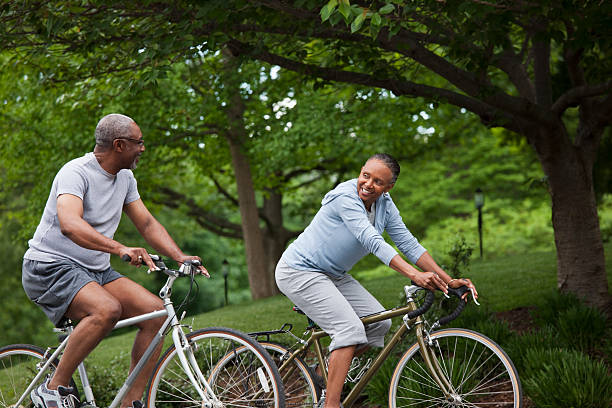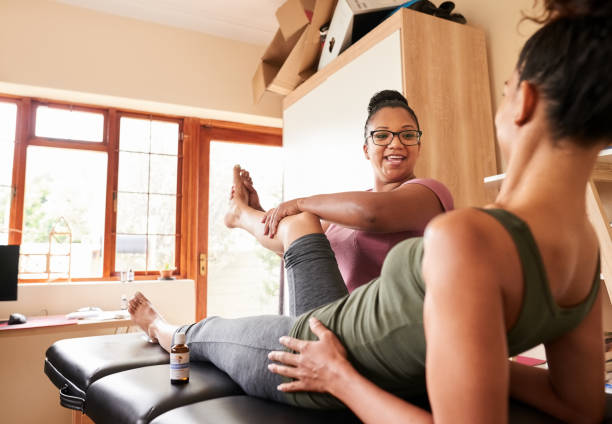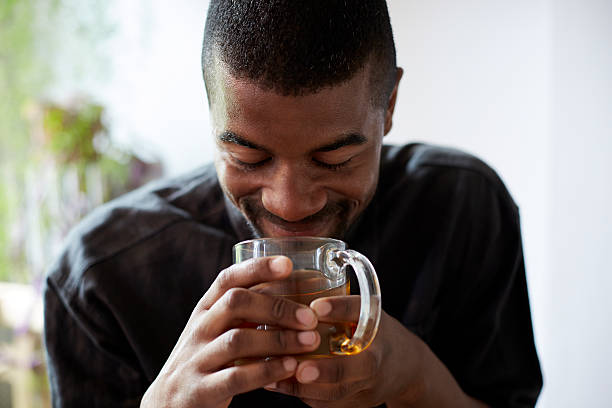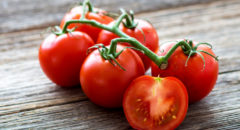
Many people can adjust to dealing with pain temporarily but living with chronic pain is another matter. If you’re trying to live well with aching joints, there’s some good news you need to hear. There’s enough research out there to show that if you make certain changes to your lifestyle, you can be one step closer to alleviating some of the pain that usually disrupts your life.
1. Move With A Purpose

It’s well documented that physical activity can be helpful in soothing aching joints. By being active you keep the joints flexible, strengthen the muscles, and maintain a healthy weight. However, you have to be selective about which exercises you do.
When your joints ache, it’s best to choose low-impact options such as swimming, cycling, walking, water-based exercise, and tai chi. Certain types of yoga have an additional element of meditation that has been shown to help with pain management.
RELATED: 10 Exercises That Decrease Knee Pain
2. Get Regular Massages

Certain massages are great for relieving chronic joint pain if done consistently. Of course, this can vary from one person to the other so make sure to consult with your doctor before booking an appointment.
It’s also best to find a massage therapist who has specifically worked with people who have your condition. While being massaged, don’t be afraid to speak up if something doesn’t feel right. While there may be some discomfort as the therapist works, a massage should never make your pain worse.
RELATED: Could a Diet Change Help Your Arthritis?
3. Make Your Diet Work For You

When it comes to chronic joint pain, science has some diet recommendations for you. The first thing to consider is cutting out processed and highly refined foods that promote inflammation. Instead, focus on anti-inflammatory foods like fresh fruits and vegetables, lean meats, fatty fish, calcium-rich foods, whole grains, onions, cloves, nuts, cinnamon, as well as turmeric.
There’s even evidence that you can benefit from eating spicy food when you’re feeling significant pain. The capsaicin in these foods has great anti-inflammatory properties.
Doctors also suggest adding up to 4 cups of green tea to your daily routine to manage pain and reduce the likelihood of








